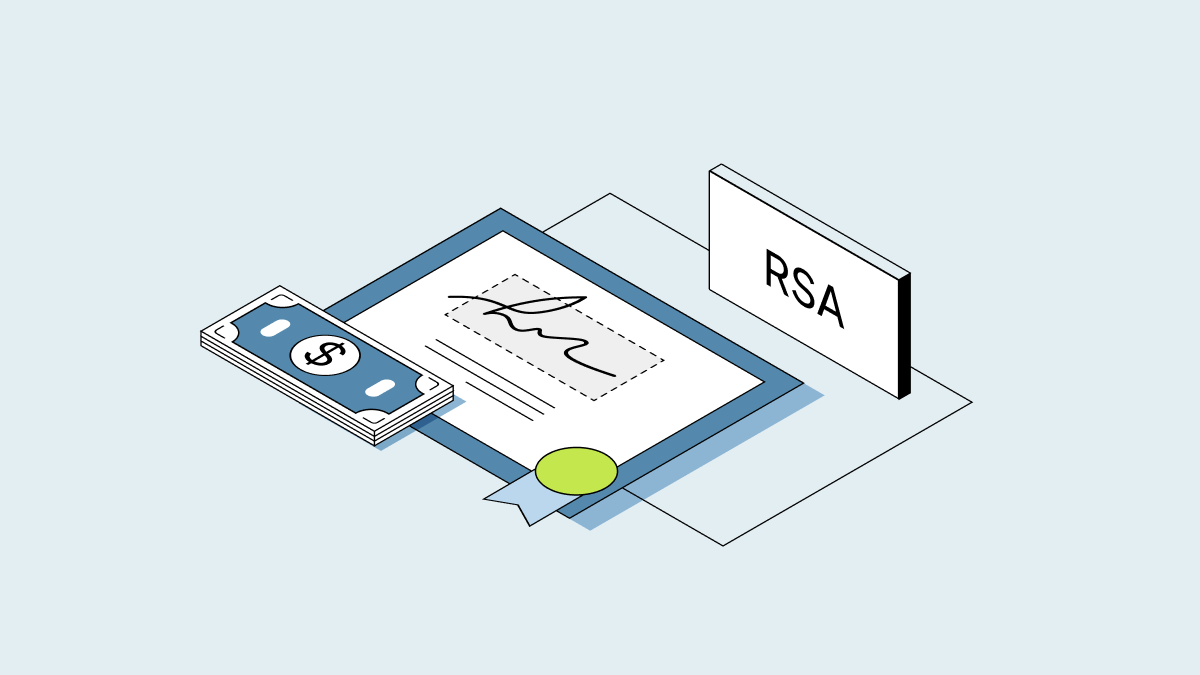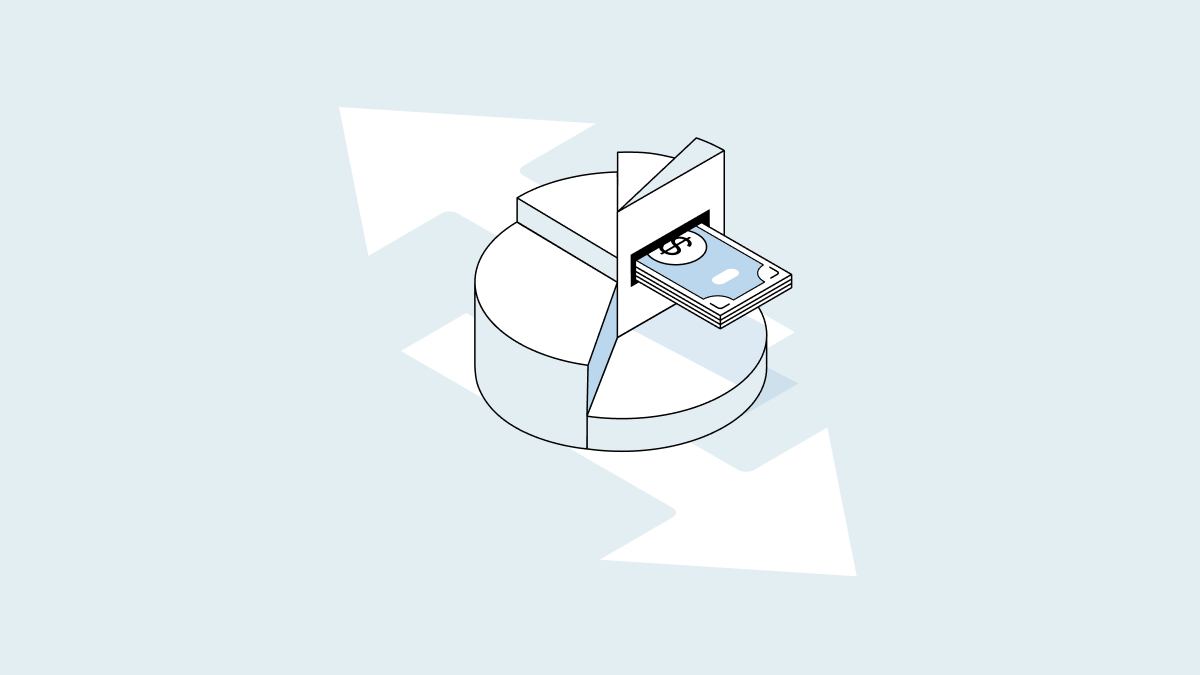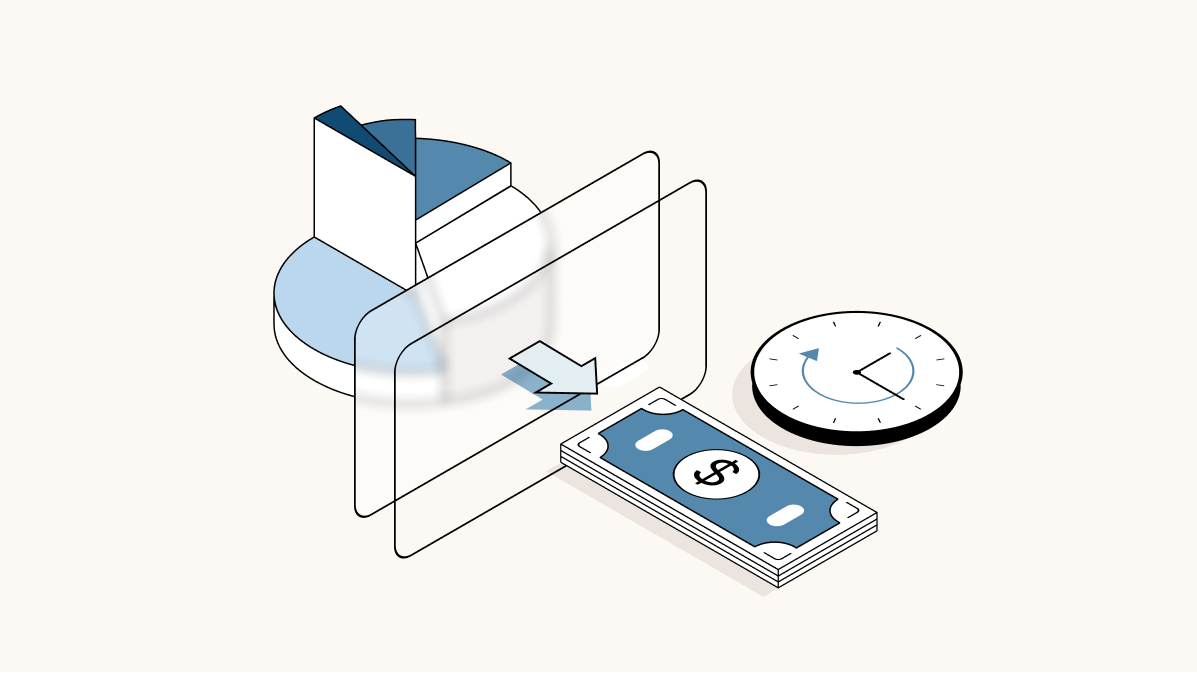SAFEs (Simple Agreement for Future Equity) usually require less paperwork and negotiation than issuing shares. But for many founders understanding how SAFEs work can be overwhelming—especially when it comes to the differences between pre-money and post-money SAFEs.
Knowing differences between pre-money and post-money SAFEs will help you fundraise with confidence.
Pre-money vs. post-money SAFEs
The most common mistake founders make with SAFEs
One of the biggest mistakes early-stage founders make is assuming that pre-money and post-money SAFEs are interchangeable. When negotiating with investors, they focus on details like valuation caps and conversion discounts first, and then let their investors decide whether the SAFE is going to be pre-money or post-money. But there’s a big difference between the two: A post-money SAFE sets a fixed ownership percentage for the investor, but a pre-money SAFE does not.
As a result, the decision to use a pre-money or post-money SAFE can have a real impact on your equity ownership percentage and share dilution over time. That’s why it’s smart to reverse the order of the discussion: Talk with your investors and decide whether you’ll use pre-money or post-money SAFEs before you fundraise, and then discuss other details like valuation caps and conversion discounts.
How pre-money SAFEs work
Say you’re raising a seed round. You accept money from several investors through SAFE agreements. This means you’re not giving those investors any shares of your company yet, because your company doesn’t have an official valuation.
What you’re giving your investors is a promise that they’ll receive shares at a later date. Typically, this happens when you raise your first priced round (like a Series A), and convert their SAFE investments into shares.
Pre-money SAFEs: The investor’s perspective
Let’s pretend for a moment that you’re one of those investors.
Right now there’s a good deal of uncertainty in your life. You know you’ll receive shares of this company at some point in the future, but how can you assess what percentage of the company you own compared to the founding team and all the other SAFE investors in this round?
Unfortunately, with a pre-money SAFE, there’s no way to know (yet).
The only way to learn how your ownership percentage compares to the founders and other SAFE investors is to wait and see how the math plays out in the future, when the company raises its first priced round.
When that happens, and the Series A funds hit the company’s bank account, it will cause your SAFE agreement to convert into shares, along with all the other SAFE agreements. At that time, each of the various SAFEs will mathematically affect each other—and when the dust settles, everyone will finally know exactly what percentage of the company they own.
In other words: With a pre-money SAFE, founders and investors have to wait and see how their ownership percentage compares with the other investors in a future round. This is the key difference between pre-money SAFEs and post-money SAFEs.
How post-money SAFEs work
With a post-money SAFE, an investor gives you money and effectively locks in the percentage of your company they’ll own when you convert their SAFE to shares.
Let’s say an investor gives you $1 million on a post-money SAFE. The valuation cap (the maximum price at which you’ll convert a SAFE note into equity in the future) on this SAFE is $10 million.
$1 million investment / $10 million valuation cap = 10%
Because it’s a post-money SAFE, the investor has effectively locked in a 10% ownership stake in your company. When their SAFE converts into shares at the beginning of the Series A, that’s the exact percentage of the company they’re going to start with.
This scenario is nice for investors, because it gives them a lot of clarity. With a post-money SAFE, everyone is perfectly clear what their ownership percentage will be when the Series A begins.
But as a founder, there’s an extra ingredient you may want to keep in mind: dilution.
The catch with post-money SAFEs
As a founder, post-money SAFEs put you at greater risk of having your ownership percentage diluted in the future, when you raise your first priced round.
By using a post-money SAFE, you’re establishing fixed ownership percentages for each investor with a post-money SAFE: When you raise your Series A and convert all your SAFE agreements to shares, none of them will mathematically affect the others. Their percentages will stay fixed, no matter how many other SAFE investors are involved in the round.
This means that when the Series A begins, none of the SAFE investors will dilute each other’s ownership percentages. Instead, they’ll only dilute the ownership that you, the founder, still retain after the Series A.
Why investors typically favor the post-money SAFE
Naturally, investors tend to favor a post-money SAFE, because while it doesn’t give them total certainty, it does give them more certainty than a pre-money SAFE. It also simplifies things for them—if the valuation cap on their SAFE amounts to 5%, then they know they will own 5% of the company at the moment their shares convert.
Post-money SAFEs have benefits for founders too. Depending on your circumstances, it can be helpful to know exactly what percentage of your company you’re giving away today. It also makes negotiating with investors faster, simpler, and more transparent.
SAFE and convertible notes calculator
Carta’s free SAFE calculator for founders allows you to model out your SAFEs and convertible notes. You can use the calculator to model different scenarios for how to fund your company with SAFEs before trying to raise a priced round.



